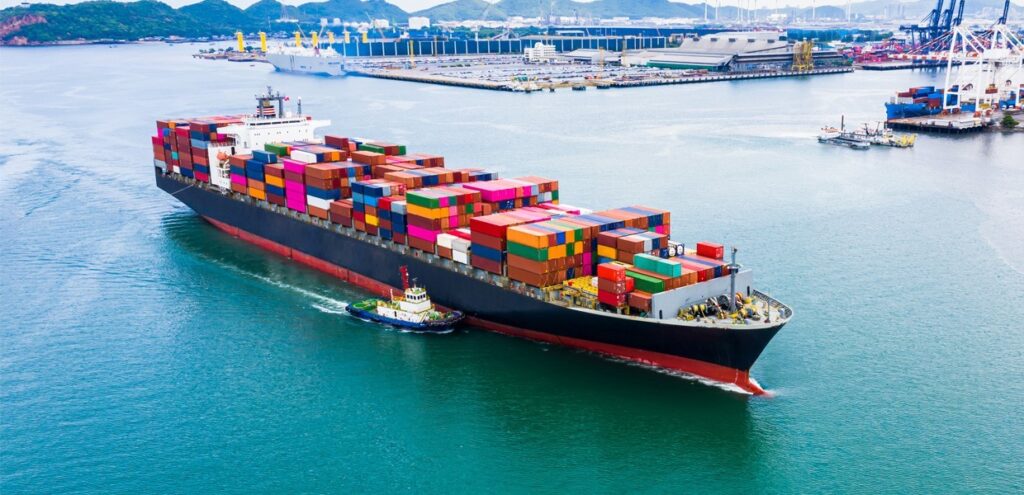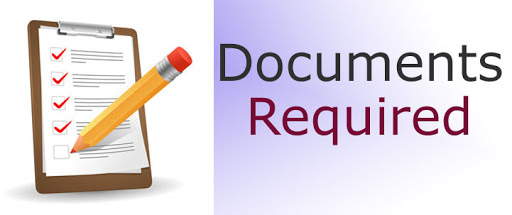- By TOP CHINA FREIGHT
- September 19, 2025
- Shipping
Table of Contents
Finding the right logistics partner is essential when importing from Asia. If you are wondering how to get a freight forwarder in China, the process can seem overwhelming with so many providers, hidden costs, and shipping options. This guide explains the steps, compares methods, highlights documents, and shows you how to choose a forwarder that keeps your supply chain running smoothly.

What Does a Freight Forwarder in China Do?
A freight forwarder acts as the bridge between exporters and carriers. They organize shipments, consolidate cargo, negotiate freight rates, and handle customs clearance. Moreover, they offer valuable advice on choosing between air freight, sea freight, or rail transport based on your budget and timeline.
| Service Provided | Description | Benefit to Importers |
|---|---|---|
| Freight booking | Reserve cargo space on ships, planes, or trucks | Reliable schedules |
| Customs clearance | Prepare documents and duties | Avoids costly delays |
| Warehousing & consolidation | Combine shipments to reduce costs | Saves money for small loads |
| Insurance options | Cargo insurance for risk management | Protects goods in transit |
Why Do You Need a Freight Forwarder in China?
Many importers underestimate how complex international logistics can be. However, dealing with multiple carriers, foreign customs rules, and long transit times without expert help can lead to costly mistakes. A Chinese forwarder ensures that goods are shipped efficiently, paperwork is accurate, and schedules are maintained.
Additionally, forwarders often have local networks with ports in Shanghai, Shenzhen, Ningbo, Qingdao, and Guangzhou, giving them bargaining power to secure competitive rates.
How to Get a Freight Forwarder in China Step by Step
Determine volume, weight, and destinations.
Look for experience in your industry and trade routes.
Compare freight rates, transit times, and surcharges.
Ensure they are registered with local trade authorities.
Understand Incoterms, liability, and insurance coverage.
Start small before committing long term.
What Shipping Options Can a Freight Forwarder Arrange?
A forwarder in China can organize different transport modes depending on your cargo size and urgency.
| Mode of Transport | Average Cost (per kg or container) | Transit Time | Pros | Cons |
|---|---|---|---|---|
| Sea Freight | $1,200–$2,500 per 20ft container | 20–40 days | Cheapest for bulk | Slow transit |
| Air Freight | $4–$8 per kg | 3–7 days | Fast and reliable | Expensive |
| Rail Freight | $2,000–$3,500 per container | 15–25 days | Balanced option | Limited to Europe |
| Express Courier | $6–$10 per kg | 2–5 days | Door-to-door | High cost for heavy loads |
How Much Does It Cost to Use a Freight Forwarder in China?

The cost depends on shipment size, mode of transport, and value-added services. Additionally, forwarders may include handling fees, document charges, and fuel surcharges.
| Cargo Type | Average Price (China to USA) | Notes |
|---|---|---|
| LCL shipment (per CBM) | $120–$180 | Best for small loads |
| FCL 20ft container | $1,500–$2,800 | Standard container |
| FCL 40ft container | $2,800–$4,500 | Best for bulk |
| Air freight (per kg) | $4–$8 | Weight & volume matter |
What Documents Do Freight Forwarders Handle?

One of the biggest challenges importers face is documentation. A forwarder ensures compliance by preparing the following:
| Document Name | Purpose | Who Issues It? |
|---|---|---|
| Bill of Lading | Proof of shipment & ownership | Carrier |
| Commercial Invoice | Declares product value for customs | Exporter |
| Packing List | Details items, weight, and dimensions | Exporter |
| Customs Declaration | Confirms duties and compliance | Forwarder |
| Certificate of Origin | Proves manufacturing country | Chamber of Commerce |
How Do You Choose the Right Freight Forwarder in China?
When selecting a forwarder, it’s important to consider more than just price. Factors to evaluate include:
- Experience in your industry (electronics, textiles, machinery).
- Strong carrier network with shipping lines and airlines.
- Transparent pricing without hidden surcharges.
- Communication skills for quick responses in English.
- Technology use such as shipment tracking tools.
Case Study: Electronics Importer from Shenzhen to Los Angeles

A mid-sized electronics company in the U.S. struggled with delays when handling logistics directly with carriers. After hiring a freight forwarder in Shenzhen, they consolidated shipments, reduced customs delays, and cut shipping costs by 18%. Moreover, the forwarder arranged insurance and optimized delivery schedules, ensuring timely arrivals for peak sales seasons.
This example shows how the right forwarder directly impacts profitability and customer satisfaction.
Pros and Cons of Using a Freight Forwarder in China
| Pros | Cons |
|---|---|
| Saves time on customs and logistics | Adds handling fees |
| Access to better freight rates | Quality varies by provider |
| Risk management with insurance | Some forwarders lack transparency |
| Simplifies multi-modal transport | Reliance on a third party |
How to Avoid Common Mistakes When Hiring a Forwarder
cheapest often means limited service.
if they don’t reply quickly, expect bigger issues later.ht.
ask for customer testimonials.
know who is responsible for costs and risks.
ensure all fees are explained upfront.
Conclusion
Knowing how to get a freight forwarder in China can help you cut costs, streamline operations, and minimize risks in your supply chain. By researching carefully, comparing providers, and starting with small trial shipments, you can find a trusted partner that supports your business growth. The right forwarder does more than move cargo—they ensure your entire import process runs smoothly.
Need a Shipping Quote?
If you want expert guidance and peace of mind, our team is ready to assist.
TJ China Freight offers tailored solutions to help businesses of all sizes ship more reliably from China.

FAQ
Q1:How do I check if a Chinese freight forwarder is reliable?
Request their license, check certifications, and verify their track record with past clients before committing.
Q2:Can forwarders handle both air and sea freight?
Yes, most forwarders in China offer multi-modal services, including sea, air, express, and inland trucking.
Q3:Do I need a freight forwarder for small shipments?
Even small businesses benefit since forwarders can consolidate cargo and manage customs.
Q4:How long does sea freight from China to the USA take?
Typically 20–40 days depending on origin port, destination, and carrier schedule.
Q5:What Incoterms should I consider?
Common terms include FOB (Free on Board), CIF (Cost, Insurance, and Freight), and EXW (Ex Works).
